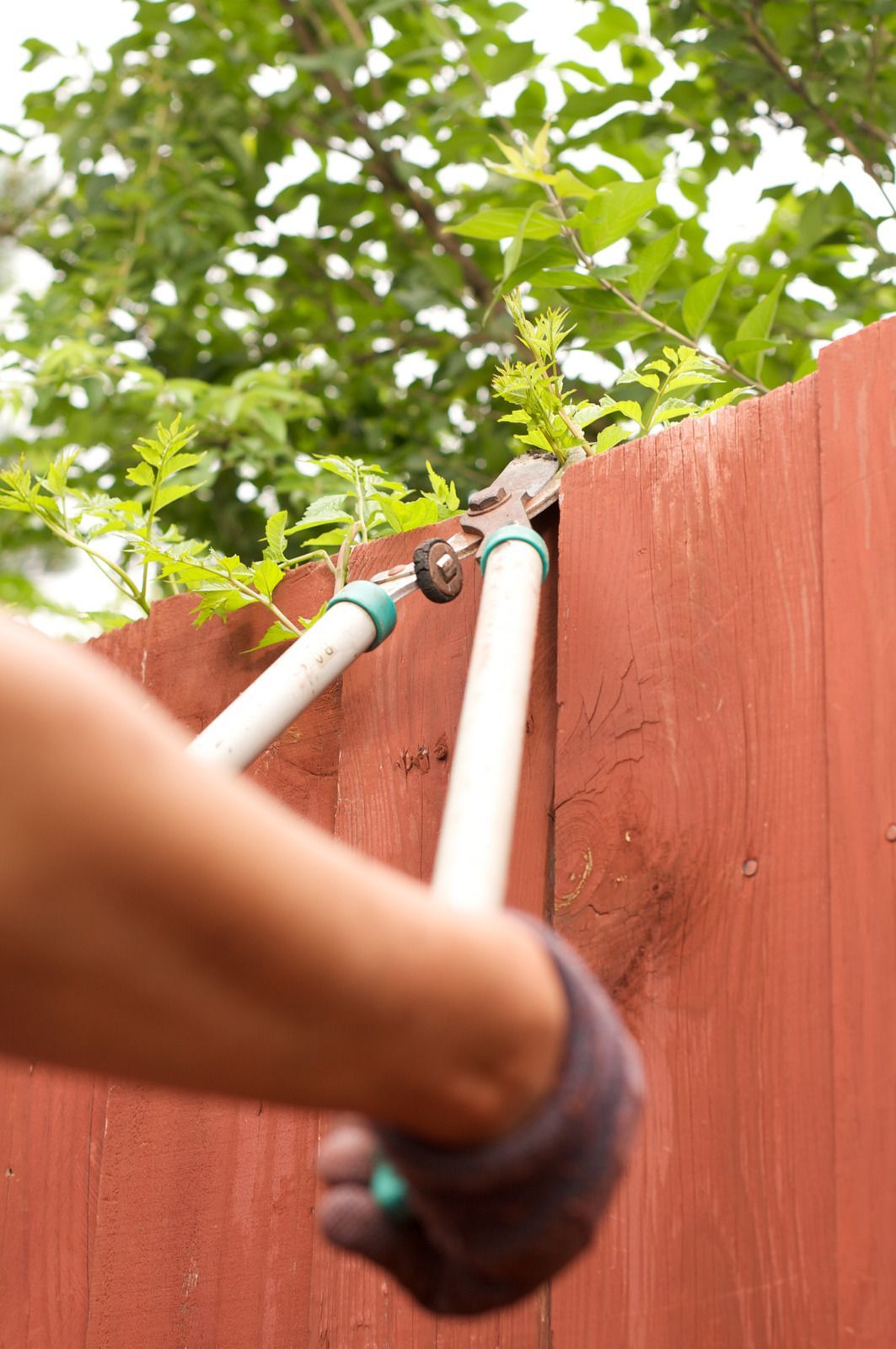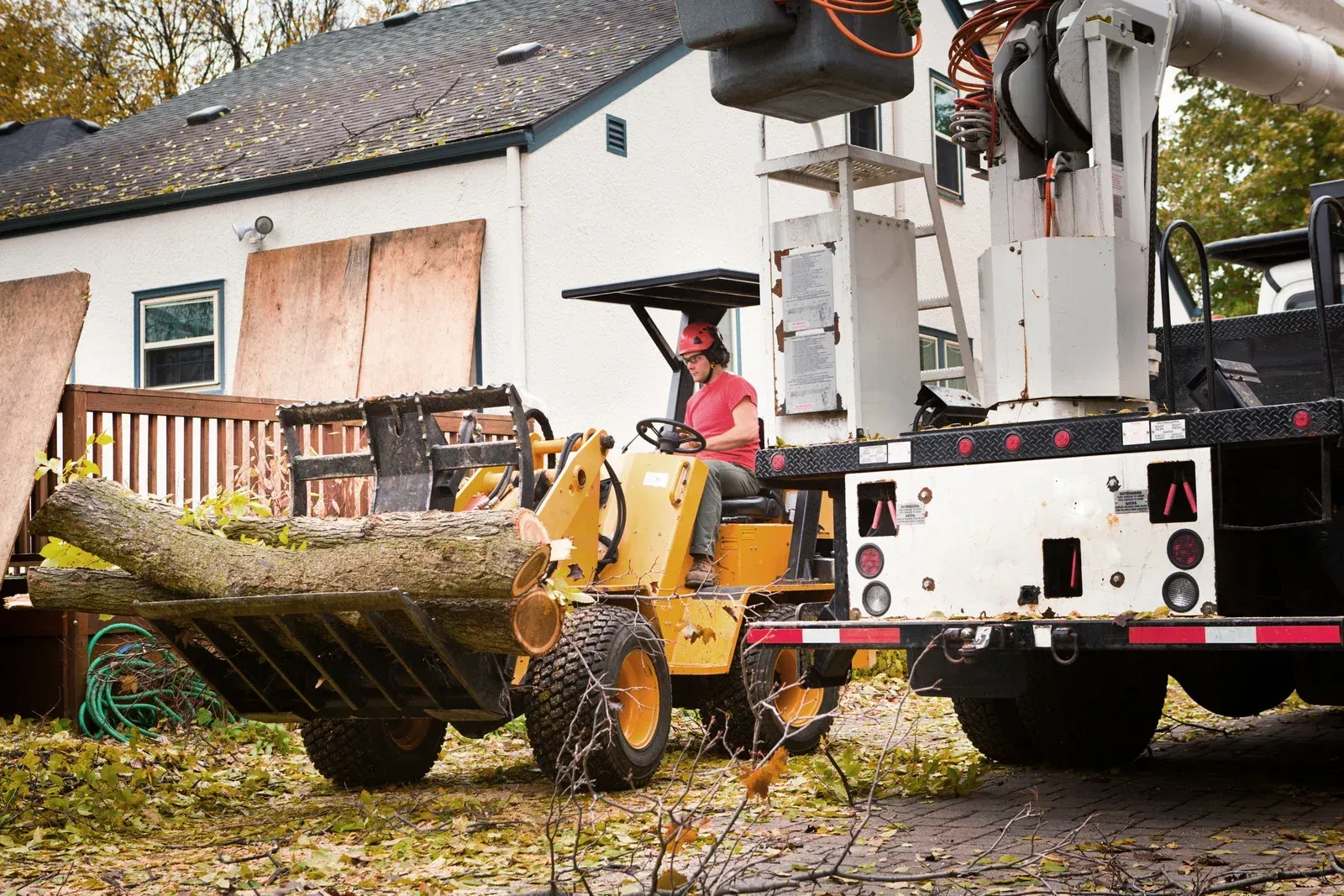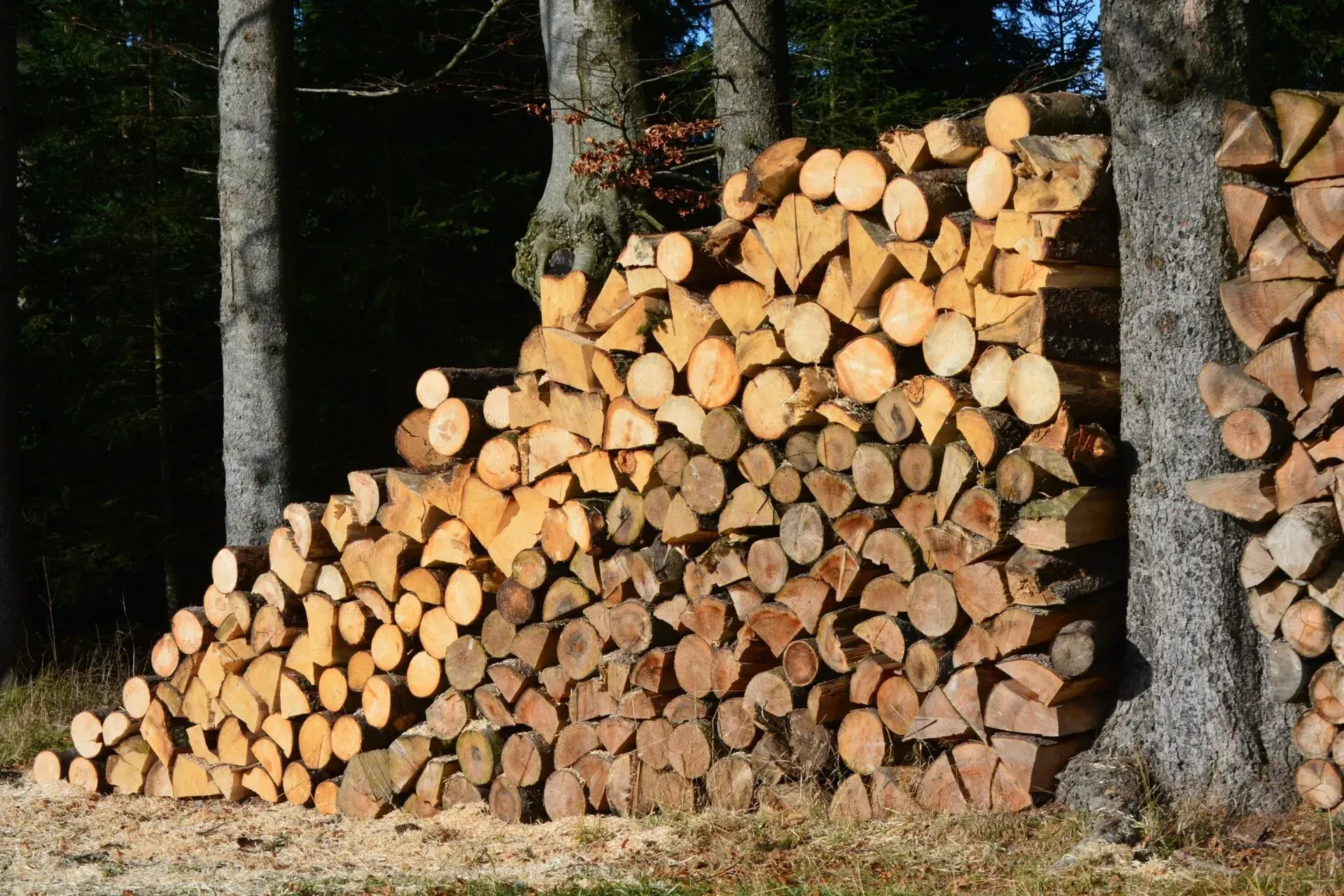5 Signs Indicating It's Time to Remove a Tree
Trees provide shade, improve air quality, and make outdoor spaces more appealing. They also help the environment by supporting wildlife. Despite these benefits, some trees become dangerous over time. Ignoring warning signs can lead to serious risks.
A weak or unhealthy tree can fall unexpectedly. Storms, high winds, or even natural decay increase the chances of collapse. Branches may break without warning, causing injuries or property damage. Some trees also attract pests or spread diseases to nearby plants. Removing such trees prevents accidents and protects surrounding greenery.
Here are five clear indicators that suggest
tree removal may be necessary.
1. Dead or Dying Tree
A tree showing no signs of life poses risks. Dry, brittle branches indicate decay. Bark peeling away exposes internal damage. A trunk with deep cracks suggests structural weakness.
Leaves that fail to grow during the active season signal distress. When trees stop producing healthy foliage, survival becomes unlikely. Heavy winds or storms can bring down weakened limbs, causing major damage. Addressing the problem early prevents future hazards.
2. Sudden Leaning
A tree that leans at an angle can be unstable. Gradual shifts may occur naturally, but sudden tilting points to deeper problems. Weak roots or internal damage often cause this issue.
Soil movement near the base increases instability. Cracks forming in the ground may indicate shifting support. Trees leaning toward structures, roads, or pedestrian areas pose dangers. A professional assessment determines if removal is the best solution.
3. Damaged or Weak Roots
Roots provide essential stability. If they weaken, the entire tree loses strength. Visible signs of root damage include exposed, rotting, or decaying wood near the base. Fungus growth suggests internal infection.
Nearby construction can disrupt underground support, making trees less secure. Root expansion may also cause cracks in pavement or foundation structures. Unstable trees become serious threats during storms. Identifying root issues early prevents unexpected collapses.
4. Disease or Pest Infestation
Tree infections spread quickly. Mold, unusual leaf discoloration, and sap leakage indicate disease. Bark lesions and branch cankers often reveal internal decay. Left untreated, these issues can affect surrounding plants.
Pests also weaken trees. Termites, beetles, and ants burrow into trunks, making wood fragile. A tree with significant insect damage loses structural integrity. As pests continue feeding, stability decreases. If disease or infestation spreads, removal becomes necessary.
5. Proximity to Property or Power Lines
A tree growing too close to a house, fence, or sidewalk can cause problems. Branches hanging over structures create safety risks. Falling limbs may break windows, damage roofs, or block pathways.
Roots extending under pavement or driveways may cause uneven surfaces. These changes lead to costly repairs. Power lines near tree limbs create fire hazards. Storms increase the chance of electrical damage. Removing a tree in a risky location prevents future issues.
Recognizing tree hazards early helps prevent accidents. Unstable, diseased, or poorly placed trees create safety concerns. Delaying removal can lead to property damage or injury. An expert can assess risks and recommend the best solution.



